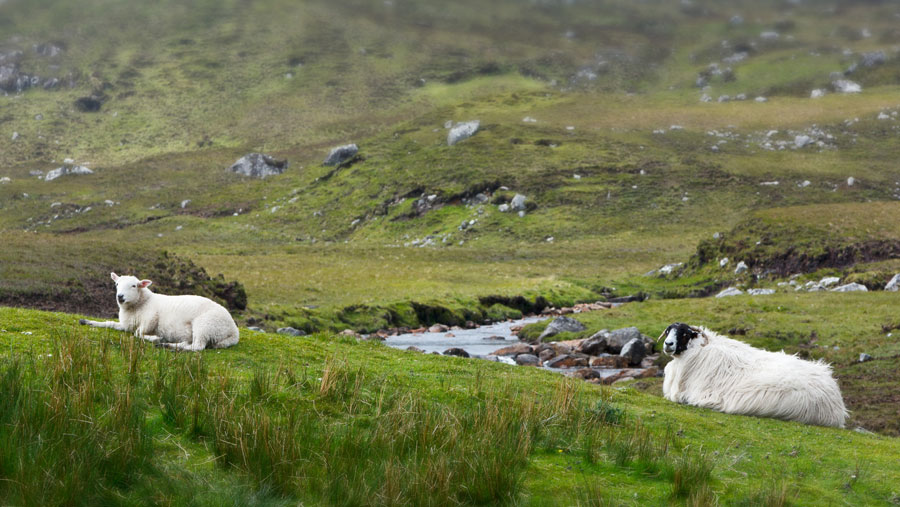Scottish land values soar by up to 61%, new report reveals
 © Adobe Stock
© Adobe Stock Scottish land values rose by as much as 60% in 2021, as investors snapped up farms for carbon off-setting and amenity projects, a new study has revealed.
The report by Scotland’s Rural College (SRUC) warns that the soaring prices could bar new entrants to farming with values increasing well beyond their budgets.
See also: Forestry and natural capital drive huge Scottish land demand
Figures showed values increased by 31% overall and 60.8% for poor livestock land – figures that compare with just 6.2% for the UK as a whole.
Over the past five years, more than 40% of the farmland in Scotland has been bought by investors and amenity buyers, the report says.
Natural capital buyers have also become increasingly important in the estates market in recent years.
About £112m was invested in Scottish estates in 2020 – an increase of 55% on the 10-year annual levels.
As well as the farmland, demand from institutional investors and financial institutions for commercial forestry drove values 50% beyond asking prices in 2021.
Risks for markets and communities
Report co-author Mark Reed – co-director of SRUC’s Thriving Natural Capital Challenge Centre – said the trends were creating risks for markets, land managers and rural communities.
Working with the umbrella group Scottish Environment, Food and Agriculture Research Institutions (Sefari) and the Scottish Land Commission, SRUC analysed the risks.
The collaboration found that, while price increases benefited owners, the upsurge could exclude new entrants, re-concentrate land ownership, and limit access to land by rural communities.
Among 16 proposals, the group suggested policymakers needed to control the rapid change by developing guidance on investments.
This should cover the rights and responsibilities of investors and support alternative landowner models such as community ownership. It should also address potential barriers to tenants engaging in ecosystem markets.
Termination
This last point is in response to evidence of landlords terminating tenancies to turn over farmland to tree planting.
Prof Reed said: “It is important that effective and well-aligned market-based and public support mechanisms are designed to tackle existing structural barriers, avoid policy conflicts and ensure land use transitions are viable across a wide range of land managers and holding types and sizes.”
Speaking to Farmers Weekly earlier this year, Prof Reed urged landowners to communicate with each other before selling land.
Often buyers will approach several farms individually within one area. The owners will then sign up to a sale, not realising they are playing a part in a collective sale of a huge area. The identity of that land and the local community is quickly lost.
“Working collectively will allow farmers to still negotiate a good deal that could include mitigations to reduce the impact on the community,” Prof Reed suggested.
• The report is published on the Sefari website
England
Productive land being sold for forestry is also an issue south of the border, with recent news that a 180-acre arable farm in County Durham has been sold to a Herefordshire-based forestry company.
Locals were outbid for Edder Acres Farm, near Shotton Colliery, which was knocked down for £850,000 to Pryor & Rickett Silviculture
According to the Northern Echo newspaper the farm, which included a three-bedroom farmhouse and 12 outbuildings, would be 90% forested.
Tree planting will begin next year with the remaining 10% of land used for tracks or left unplanted because it lay under power lines.
Graham Taylor, managing director of Pryor & Rickett, said the firm would plant 60% broad-leaved trees with the rest conifers, to create a local asset.
“We will use this project to showcase just what can be done as foresters to help the environment and create a profitable business,” Mr Taylor said.
